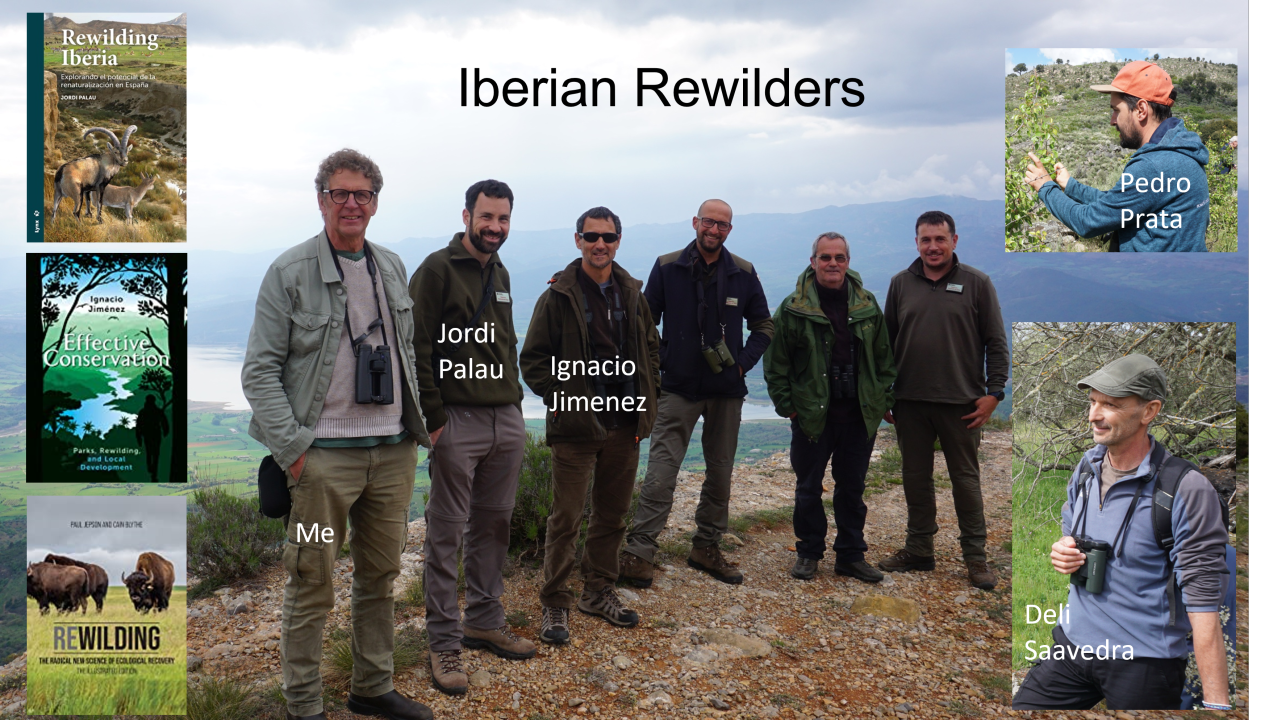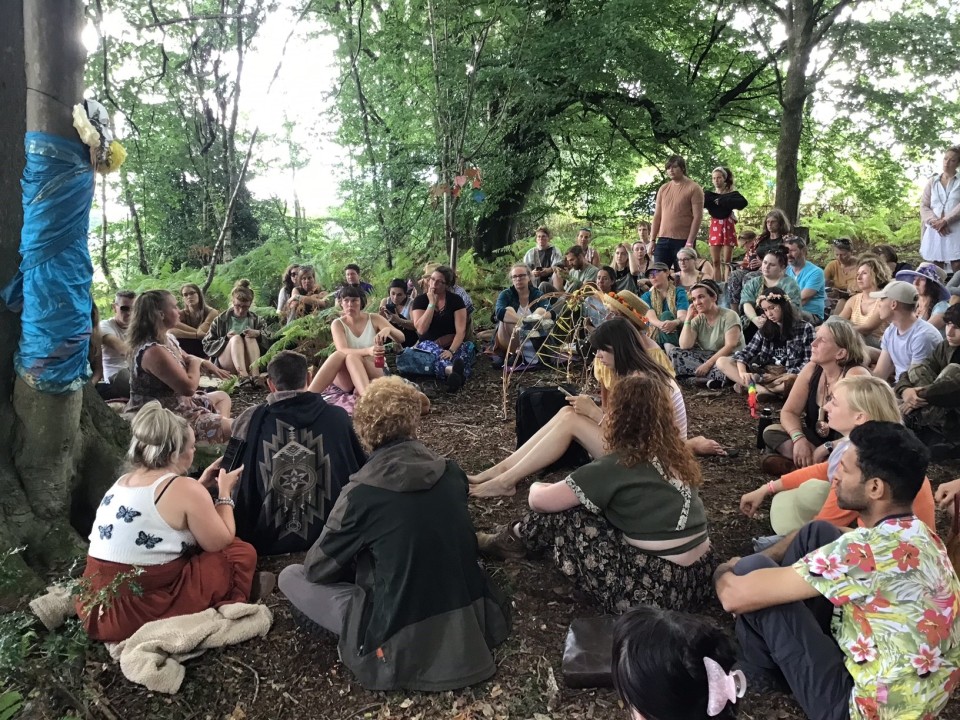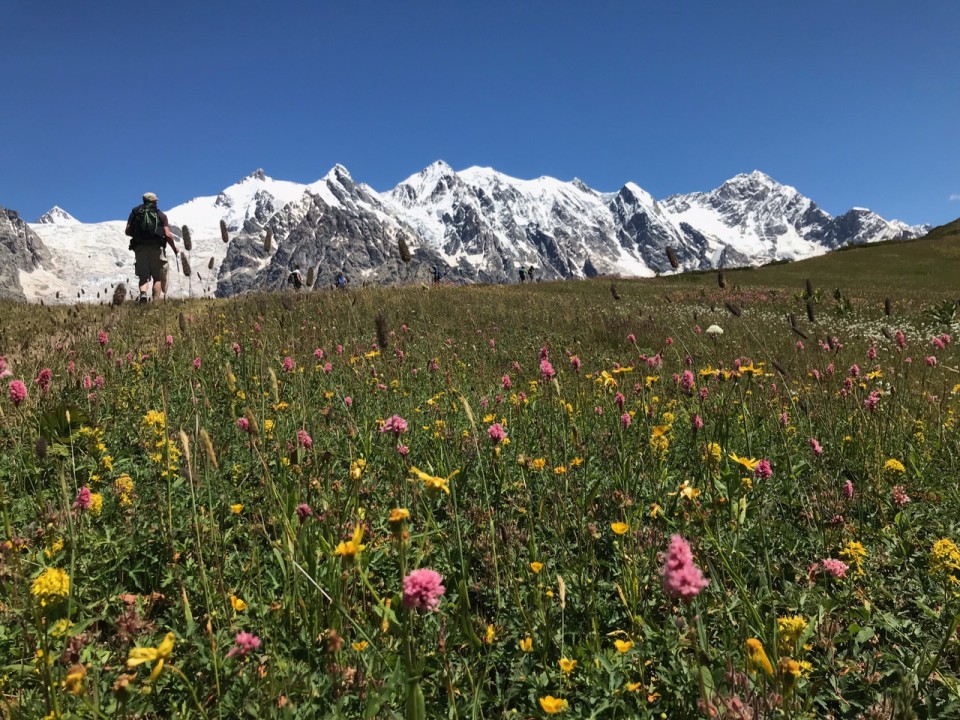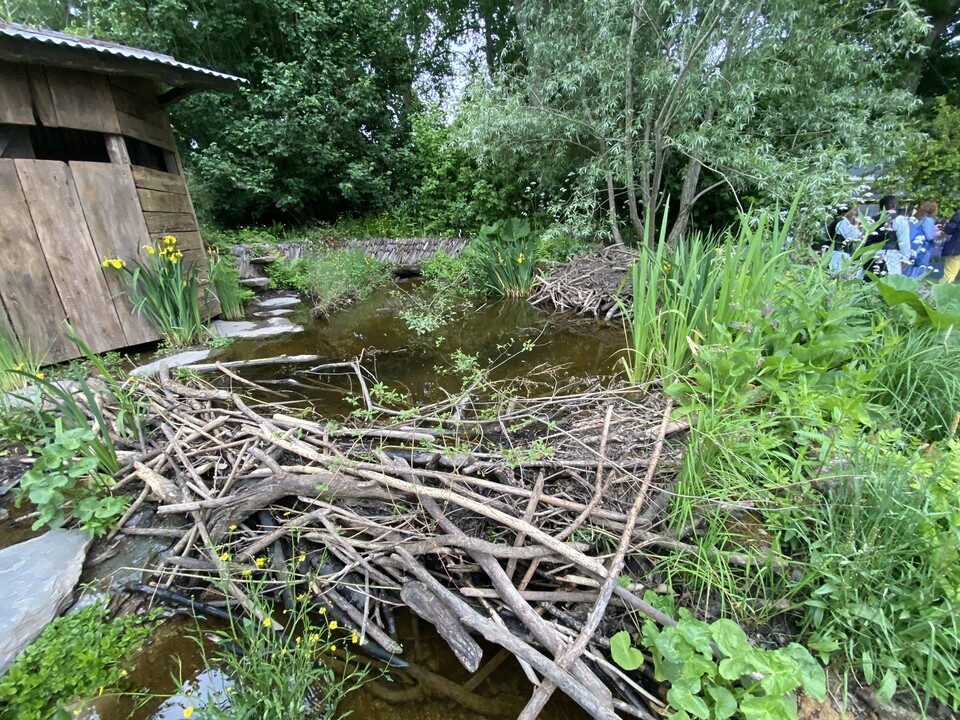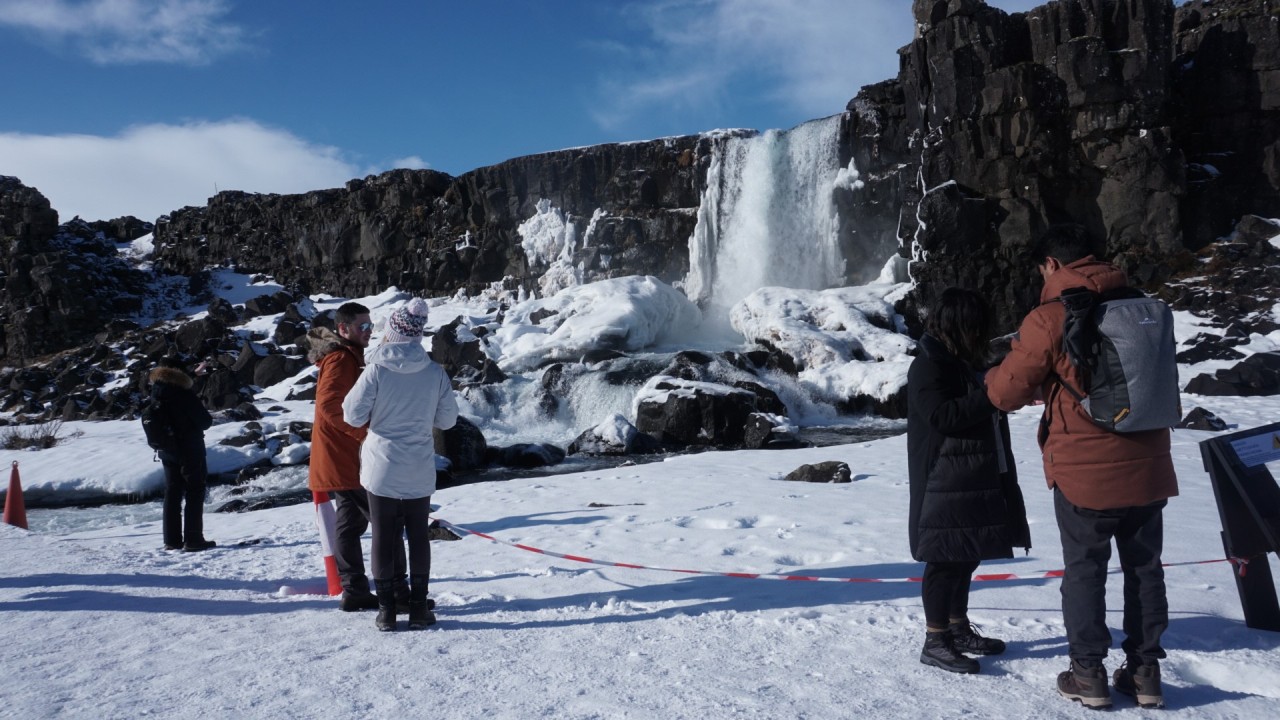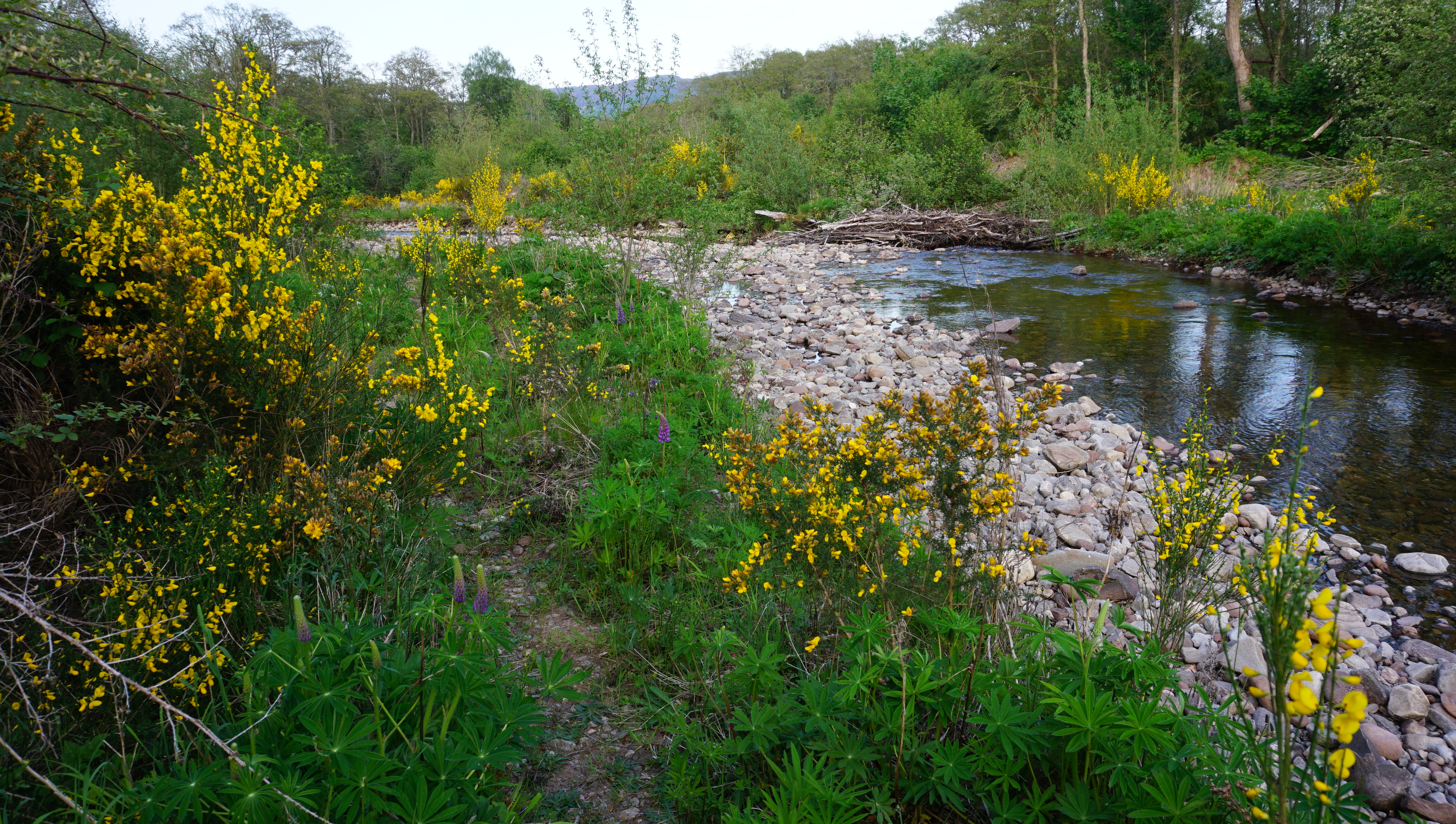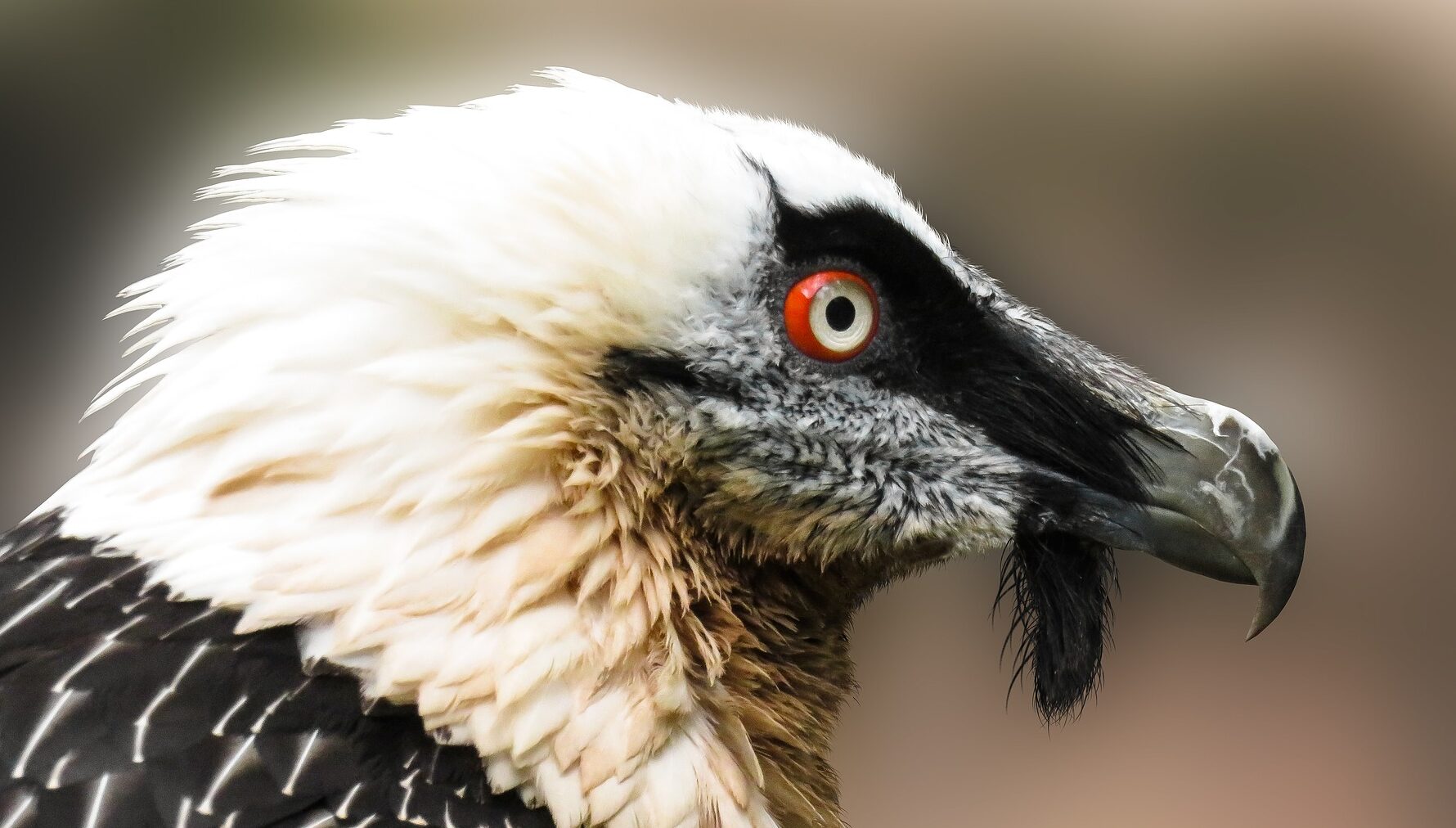I like nothing better than visiting areas with the rewilding thinkers and discussing the theory and practice of ecosystem recovery.
I recently teamed up with four of Europe’s finest Deli Saavedra, Ignacio Jiménez Jordi Palau and Pedro Prata on a road trip to Eastern Portugal, Central Spain and the Pyrenees.
I went with three questions in mind: 1) is there an Iberian version of rewilding emerging? 2) how can we address the policy constraints associated with mega-herbivore repopulation (Something I’ve been researching for a while), and 3) should leaders in the rewilding movement respond to the widening use of the term?
Here I offer an initial reflection on the first question. Those of you who follow my writings on rewilding will know that I consider the Netherlands to be the ‘cradle’ of second-generation rewilding characterised by radical vision, pragmatism, blended finance, and nature-based solutions. I returned home with a sense that a third generation of rewilding is emerging in Iberia.
There are some important contextual features of Iberia which could produce a distinct version of large-scale rewilding. The first concerns land or more specifically the land economy. In many upland areas this collapsed in the 1960s when villages emptied out as younger families moved to the cities. Large tracts of land were released and remain under the management competencies of municipalities whose population had become too small to support paid officials.
The second, is the large-scale regeneration of trees. Due to the sudden release, vast swathes of even age trees cover hillsides. This is often referred to as passive rewilding. Interestingly, Jordi, author of Rewilding Iberia, questioned whether it qualified as rewilding because the regenerative process had proceeded in the absence of other key ecosystem processes.
A third feature of Iberia, which relates to the recovery of a lost ecosystem function, is the remarkable comeback of vulture populations. This is due to a mix of feeding stations and per-headage livestock subsidies linked to extensive grazing that created a supply of carcasses. Elsewhere in Europe, restoring the ‘circle of life’ is still seen as a future aspiration. In Spain the restoration of scavenger ecologies is well on its way to delivery.
In my book on rewilding science and policy, I suggested that to scale rewilding we need three things: land, buy in, and finance. Iberia clearly has the land, but I learnt that there isn’t yet the necessary buy from biodiversity institutions for trophic rewilding involving locally extinct species such as ibex and ‘wilded’ equids and bovids. The latter are needed to ‘retrofit’ the functional effects of large herbivores and ecosystem recovery. It was fascinating to hear how Iberian colleagues were exploring non-biodiversity administrative routes to achieve trophic rewilding. How this plays out will, I think, shape 3rd generation rewilding.
On the issues of rewilding finance this is still limited to mostly philanthropic investment in Iberia. However, through my wider work on financing green it’s encouraging to see that Spanish and Portuguese financial institutions are actively embracing innovation in green finance.
My last reason for thinking that something special is going to happen in Iberia is the quality of rewilding leadership and practical expertise. Ignacio spent 24 years in Latin America, was the science lead on the famous Iberia rewilding project and author of the leading treatise on effective conservation. Jordi has directed government-owned protected areas and, as already mentioned, has published a scholarly and highly regarded analysis of rewilding in the Iberian context. Pedro is leading a landscape scale vision for bottom up rewilding which is regarded as one of the most exciting in Europe, and Deli, who joined Rewilding Europe when it was founded is a leading expert on megafauna reintroduction and, in my view, the person with the best overview of the practical realities of rewilding in different contexts.
These rewilders are friends and collaborators with networks and insights that transcend sectors and geographies. Acting in the context of Iberia, I predict that they will generate rewilding models that inspire and guide action to recover ecosystems at scale in Southern Europe, north and central Africa and the Middle East.
I first published this blog on LinkedIn on 10 May 2022

